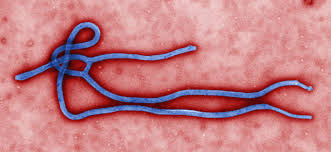
The Ebola epidemic in Sierra Leone was just on the edge of being declared over when it has come back.
The number of new cases in the West African country was dropping. The president of Sierra Leone lifted travel restrictions on residents. Then a fishing ship came into port at the Tamba Kula section of Freetown with several crewmen who were sick with Ebola. The outbreak took off again.
Sierra Leone has been hardest hit of the West African countries affected by the Ebola epidemic. The number of new cases started to decline by the end of 2014, but then that decline leveled off in late January. Since then, there have been 60 to 80 new cases each week. Guinea and Liberia, two other West African countries hit by the epidemic, have seen declines as well but are now concerned with a resurgence of the viral infection.
The leaders of all three countries have pledged to reduce the number of new cases of Ebola to zero by April. But getting to zero in any epidemic is not a smooth road. Public health workers must trace each person who has been in contact with an Ebola patient and then isolate that individual. This is done to break the chain of transmission in an epidemic that links one patient to others. Such work is easier said than done because there is still a very large social stigma attached to the disease in Africa and many people who have come into contact with the infection do not want to admit to it. In addition to the difficulties of tracking down the people in the chain of transmission, there are also difficulties in keeping those people quarantined.
Getting to the end of an epidemic is difficult. The United States is still dealing with an outbreak of measles that started at Disneyland in December.
